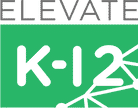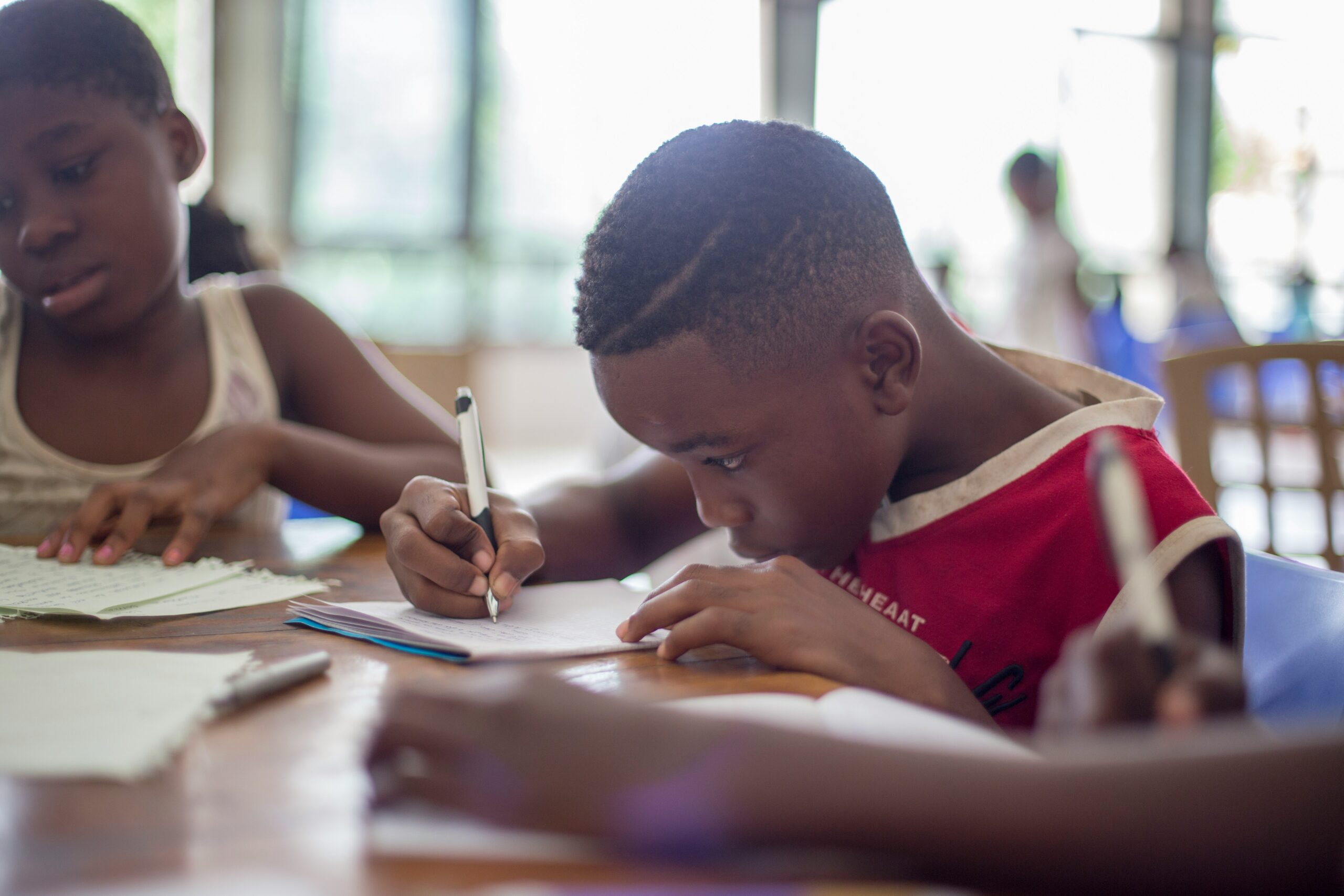Education can be a powerful equalizer. Educators can make a real difference in students’ lives through teaching, support, and high standards for achievement.
But it doesn’t always work that way. Some students face opportunity gaps, where their progress doesn’t measure up to expected standards. Without extra support, these gaps can lead to demotivation and disengagement and widen into opportunity gaps by the time they leave school.
In this article, we’ve collected strategies and resources to bridge learning gaps for students at every grade level. You’ll learn how learning gaps can open up — and how to mend them.
What Are Learning Gaps?
Learning gaps occur when students lack the knowledge, skills, or conceptual understanding to keep up with their peers at school.
For example, if a child learns to read slower than their peers, without extra support, they’ll soon fall behind. As they struggle to catch up, they’ll experience learning loss, and the gap will become harder to close.
Learning gaps can start in several different ways. In some cases, the problem is the learning environment or lesson plan. If the learning experience doesn’t fit the student’s learning style, then they might have a hard time keeping up.
Internal and external factors can also trigger learning gaps. Internal factors, such as a learning disability or lack of motivation, can slow learners down. External factors include social problems, such as poverty or disruptions at home.
If schools don’t act to close learning gaps like this, then the inequalities of disability, socioeconomic status, race, or family background will be reinforced. The result is a negative feedback loop that’s hard to escape.
Whatever the cause, no student should ever feel like their learning gap is their fault. Extra support and remediation can make a big difference, from supplemental learning to personalized feedback or studying in small groups of students.
Types of Learning Gaps
Before we discuss solutions, let’s take a closer look at the different types of learning gaps. From internal problems, like misunderstandings and skills gaps, to external factors, such as opportunity inequalities, it’s important to handle each type of learning gap in the right way.
Content or Conceptual Misunderstandings
Sometimes learning gaps start in the simplest way possible: A student doesn’t understand something the first time it’s discussed in class, and they never have the chance to catch up. Before you know it, they’ve moved on to the next grade, and they’re still missing a fundamental concept.
Imagine how difficult it would be to study history if you missed the explanation of C.E. vs. B.C.E. or go through high school chemistry still wondering what a mole is doing in the lab.
These kinds of misunderstandings can be the result of communication gaps, different learning styles, or simply being unlucky enough to miss school on the wrong day. But they can also have a lasting effect on student performance.
Skill Proficiency Gaps
Similarly to knowledge gaps, skills gaps can arise quickly if students miss a few classes or find a lesson too challenging. And, just like conceptual misunderstandings, they can hold learners back from their full potential.
Skills like reading, writing, and problem-solving are essential in every subject area. Without those skills, students can’t access the knowledge or resources they need to catch up.
Fortunately, skills gaps are some of the easiest to resolve. With extra support, practice, or supplementary learning that’s tailored to their individual needs, students can bring their skills up to speed.
Socioeconomic Disparities
According to UNESCO, social and economic inequalities can impact cognitive development, emotional development, and learning outcomes. For students who are marginalized in multiple ways, the impact is even larger — and the negative effects can compound throughout their time at school.
For example, there’s extensive evidence that schools have lower expectations for Black students. If those attitudes combine with an underfunded school district, where there are fewer resources and high student-to-teacher ratios, then students are even more likely to experience learning gaps.
Closing this kind of learning gap means challenging real-world inequalities and assumptions. It takes a cultural shift from educators, as well as practical implementations like formative feedback and high expectations.
Cognitive Processing Differences
One in every five children in the U.S. has a learning difficulty or disability, such as dyslexia or ADHD. Without the right support, these cognitive processing differences can cause learning gaps.
Neurodivergent students may have highly specific learning styles. They might struggle to acquire or retain information through traditional teaching methods — even if they excel when they use their own learning styles. Children with learning disabilities often need extra support or resources to fully participate in learning.
Only one in 16 public school students has an Individualized Education Program (IEP) that sets out specific help they can access. However, educators can help all children with cognitive processing differences by making space for a variety of learning styles and student needs.
A more flexible approach to teaching benefits everyone in the classroom — even teachers, as it boosts their professional development.
How To Identify and Address Learning Gaps In Student Environments
The good news about learning gaps is that we can close them. Learning gaps can have a significant negative effect on students — but coming up with ways to bridge those gaps can have a dramatically positive impact on student success.
Here are three actionable steps to help close learning gaps for your students:
Assess Student Progress
Objective learning assessments can show early warning signs for learning gaps. Standardized tests, formative assessments, and other diagnostic tools can help educators spot the strengths and weaknesses of each student.
Modern online teaching platforms for K-12 make it easier than ever to track assessment data. Instead of collecting paper worksheets, teachers can see the results of quizzes, tests, and assessments right away.
They can identify trends — both positive and negative — and pinpoint the moment when a student starts to struggle with a subject or skill.
Analyze Academic Performance
In addition to monitoring the progress of individual students, it’s also helpful to look at broader academic trends in classes, schools, and even whole school districts.
If you identify regular shortfalls in achievement, they could link back to a skills gap, problems with conceptual misunderstandings, undiagnosed learning difficulties, or socioeconomic factors.
Take the example of a Tulsa, Oklahoma, school district. They realized that advanced math programs were almost exclusively populated by wealthy white students — and traced the issue back to a single exam in the fifth grade. By offering extra support for math at this level, they reduced the opportunity gap all the way through high school.
Utilize Formative Feedback
Formative assessments should always include formative feedback. That means monitoring student progress, figuring out what skills they lack, and then explaining how they can improve.
Formative feedback has the added benefit of encouraging a growth mindset and self-directed learning. It makes students responsible for their own improvement, because they understand exactly what they need to do to catch up.
The Importance of Promoting Equitable Education
Education is widely acknowledged as the most effective way to reduce social inequality. School is an essential part of social, emotional, and intellectual development for virtually every child.
But it’s not a simple process. Putting children together in a classroom doesn’t magically erase the inequalities between them. In fact, for some children, school is their first real encounter with a system that doesn’t recognize, represent, or accommodate them.
Educators have to work hard at promoting equitable education.
That means designing inclusive curricula, encouraging diverse learning styles, and creating supportive school policies that make every student and parent feel welcome. Innovative teaching practices like culturally responsive teaching can help students learn better and help educators set more equitable standards.
Address Learning Gaps and Create Opportunities for All Students With Elevate K-12
Skills gaps, knowledge gaps, disabilities, and other social inequalities can all lead to opportunity gaps. Those gaps in learning reduce the power of education to help all children live up to their potential.
However, with the right tools and strategies, we can mend those learning gaps — or prevent them in the first place. Equitable teaching, comprehensive assessments, and formative feedback for students all make a considerable difference.
Elevate K-12 is committed to delivering innovative solutions that actively work to close learning gaps and promote equity in education. Our LIVE teaching platform provides schools with the professional teachers and resources they need to support every learner.
Learn more and start closing the learning gap with us.

